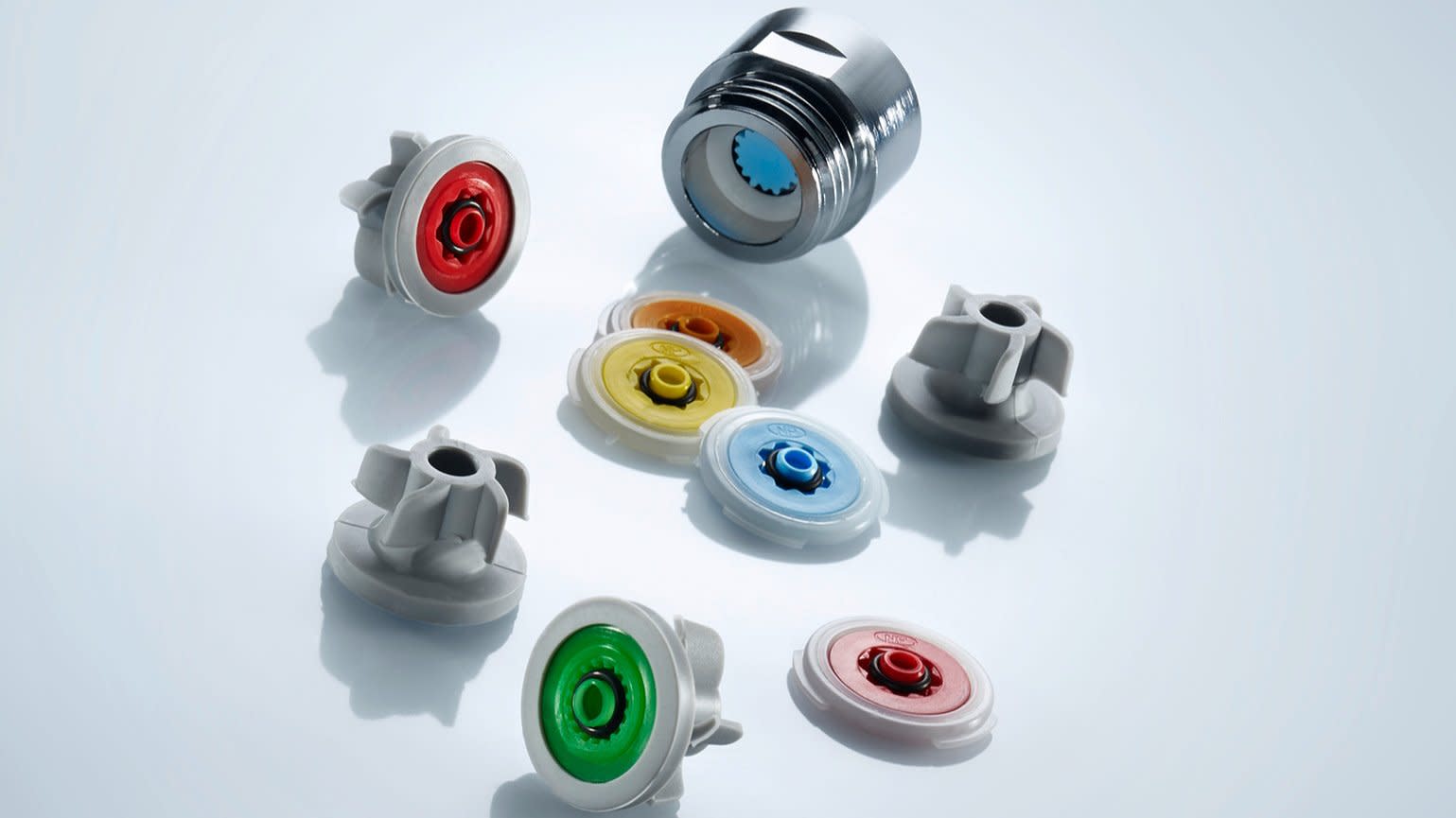

Articles
What Is A Showerhead Flow Regulator
Modified: August 26, 2024
Discover the benefits of using a showerhead flow regulator. Read our informative articles on how this device can help save water and improve your shower experience.
(Many of the links in this article redirect to a specific reviewed product. Your purchase of these products through affiliate links helps to generate commission for Storables.com, at no extra cost. Learn more)
Introduction
A showerhead flow regulator is a device that helps regulate the flow of water from your showerhead, allowing you to have control over your water usage and pressure. In today’s world, where water conservation is becoming increasingly important, installing a showerhead flow regulator can be a wise and environmentally-friendly choice.
By restricting the amount of water that flows through your showerhead, a flow regulator can significantly reduce water consumption without compromising the quality of your showering experience. It achieves this by limiting the flow rate of water, typically to a rate of 1.5 gallons per minute (GPM) or lower, depending on the specific model.
Not only can a showerhead flow regulator help save water, but it can also save you money on your water bills. By using less water, you will reduce the amount of hot water required, resulting in lower energy costs. This makes a flow regulator an excellent investment for both the planet and your wallet.
Throughout this article, we will explore the functionality, benefits, types, installation process, factors to consider, drawbacks, and maintenance requirements of showerhead flow regulators. By the end, you will have a comprehensive understanding of this device and be able to make an informed decision about whether it’s right for your needs.
Key Takeaways:
- Save water, money, and the environment by installing a showerhead flow regulator. Reduce water consumption, lower energy bills, and enjoy guilt-free showers with this simple yet effective device.
- Choose the right showerhead flow regulator to balance water conservation and shower comfort. Enjoy cost savings, reduced environmental impact, and a satisfying shower experience tailored to your preferences.
Read more: What Is Considered A Low Flow Showerhead
Definition of a Showerhead Flow Regulator
A showerhead flow regulator is a small device that is installed between the showerhead and the water supply pipe. Its main function is to control and reduce the amount of water that flows through the showerhead during use. The primary purpose of a flow regulator is to conserve water and promote water efficiency.
Flow regulators are designed to limit the flow rate of water and maintain a consistent pressure, regardless of the incoming water pressure. This ensures a satisfying shower experience while still achieving significant water savings. Most flow regulators restrict the flow to a standard rate of 1.5 gallons per minute (GPM), although there are adjustable models available that allow you to customize the flow rate to meet your preferences.
These devices are typically made from durable materials, such as plastic or metal, and are easy to install. They can be installed in new showerheads or retrofitted into existing ones. Flow regulators are compatible with most types of showerheads, including fixed showerheads, handheld showerheads, and rain showerheads.
It’s important to note that a showerhead flow regulator is different from a water-saving showerhead. While a water-saving showerhead also reduces water consumption, it achieves this by optimizing the water flow and incorporating specialized features, such as aerators or pressure-compensating technology. A flow regulator, on the other hand, can be used in conjunction with any type of showerhead to regulate water flow.
Overall, a showerhead flow regulator is a simple yet effective device that enables you to have a comfortable and enjoyable shower experience while conserving water and reducing your environmental impact.
How Does a Showerhead Flow Regulator Work?
A showerhead flow regulator works by restricting the flow of water as it passes through the device, ultimately regulating the amount of water that comes out of the showerhead. The mechanics of a flow regulator are relatively straightforward.
Inside the flow regulator, there is a small valve or disk that reduces the size of the water passage. This restriction creates a smaller opening for water to flow through, resulting in a reduced flow rate. The flow regulator is designed to maintain a consistent pressure, regardless of the input water pressure, ensuring a satisfactory shower experience.
The valve or disk inside the flow regulator can be adjustable or non-adjustable, depending on the specific model. Adjustable flow regulators allow you to customize the flow rate according to your needs and preferences. This flexibility can be particularly useful if you have specific water pressure requirements or if you want to strike a balance between water conservation and shower comfort.
The flow restrictor in a showerhead flow regulator is calibrated to limit the flow rate to a specific maximum, commonly 1.5 gallons per minute (GPM). This flow rate is considered efficient and can help save a significant amount of water compared to standard showerheads, which typically have a flow rate of 2.5 GPM or higher.
When the water passes through the flow regulator, it is evenly distributed and diffused, ensuring consistent water pressure throughout the showerhead. This means that even with a reduced flow rate, you can still enjoy a satisfying shower experience without feeling like you’re lacking water pressure.
It’s important to note that installing a showerhead flow regulator may require removing existing flow restrictors that are built into some showerheads. These built-in restrictors are typically designed to comply with water conservation regulations, but installing a separate flow regulator can provide even greater control over water flow and pressure.
By controlling and reducing the water flow, a showerhead flow regulator allows you to conserve water, save money on your water bills, and contribute to a more sustainable future.
Benefits of Using a Showerhead Flow Regulator
Using a showerhead flow regulator offers several benefits, ranging from water conservation to cost savings and improved shower experiences. Let’s explore some of these advantages in detail:
- Water Conservation: One of the most significant benefits of using a showerhead flow regulator is its contribution to water conservation. By limiting the flow rate of water, typically to 1.5 gallons per minute (GPM) or lower, a flow regulator helps reduce water consumption during showering. This is particularly important in regions facing water scarcity or where conserving water is a priority.
- Energy Savings: With a reduced amount of water being used, less hot water is required to reach the desired temperature during showers. This translates to energy savings as you consume less energy to heat the water. Over time, these energy savings can add up and contribute to a reduction in your overall energy bills.
- Cost Savings: The combination of water and energy savings leads to cost savings for homeowners. By using less water and reducing hot water consumption, you can see a noticeable decrease in your water and energy bills, saving you money in the long run. This makes a showerhead flow regulator a financially wise investment.
- Environmental Impact: By conserving water and reducing energy consumption, using a flow regulator helps reduce your environmental impact. Water scarcity is a pressing global issue, and every drop saved counts towards preserving this precious resource for future generations. Additionally, by reducing energy consumption, you also contribute to reducing greenhouse gas emissions associated with heating water.
- Shower Comfort: Despite restricting the water flow, showerhead flow regulators are designed to maintain a consistent water pressure. This means that you can still enjoy a satisfying shower experience without compromising on comfort. The regulated flow ensures that the water is distributed evenly and efficiently, providing a soothing and invigorating shower.
- Easy Installation and Compatibility: Installing a showerhead flow regulator is a relatively simple process that can often be done without the need for professional assistance. Flow regulators are compatible with most types of showerheads, including fixed showerheads, handheld showerheads, and rain showerheads. This means that you can easily retrofit your existing showerhead with a flow regulator to start reaping its benefits.
Overall, using a showerhead flow regulator offers a range of advantages, from water conservation and cost savings to reduced environmental impact and improved shower experiences. With the increasing focus on sustainability and resource conservation, incorporating a flow regulator into your bathroom can be a small yet impactful step towards a more sustainable lifestyle.
Types of Showerhead Flow Regulators
There are several types of showerhead flow regulators available on the market, each with its own features and benefits. Understanding the different types can help you choose the right one for your specific needs. Here are some common types of showerhead flow regulators:
- Fixed Flow Regulators: These are the most common type of flow regulators. As the name suggests, fixed flow regulators maintain a constant flow rate, typically around 1.5 gallons per minute (GPM). They offer a straightforward and reliable way to reduce water consumption without sacrificing shower comfort.
- Adjustable Flow Regulators: Adjustable flow regulators provide the flexibility to customize the flow rate according to your preferences. They typically have a dial or lever that allows you to increase or decrease the flow rate within a certain range. This type of flow regulator is ideal if you have specific water pressure requirements or if you want to find the perfect balance between water conservation and shower comfort.
- Aerating Flow Regulators: Aerating flow regulators mix air with the water as it flows through the showerhead, creating a mist-like spray. This design helps maintain a consistent feeling of water pressure while reducing water consumption. The aerated spray also provides a refreshing and enjoyable shower experience.
- Pressure-Compensating Flow Regulators: Pressure-compensating flow regulators are designed to maintain a consistent flow rate regardless of the incoming water pressure. This means that even if there are variations in the water pressure, the flow regulator will ensure a consistent and satisfying shower experience. These regulators are ideal for areas with inconsistent water pressure.
- Smart Flow Regulators: Smart flow regulators incorporate advanced technology to monitor water usage and optimize flow rates accordingly. Some smart flow regulators can be controlled through mobile apps or connected devices, allowing you to track your water consumption, set usage limits, and customize flow rates remotely. These high-tech options are perfect for those who want to take their water conservation efforts to the next level.
When choosing a showerhead flow regulator, consider factors such as your desired flow rate, water pressure conditions, and any specific preferences you may have. Additionally, check if the flow regulator is compatible with your existing showerhead and ensure that it meets any required certifications or standards for water efficiency.
By selecting the right type of showerhead flow regulator, you can enjoy efficient water usage, reduced water bills, and a satisfying shower experience tailored to your needs.
A showerhead flow regulator is a device that can be installed in your shower to reduce water usage and save energy. It works by limiting the flow of water without compromising the shower experience. This can help lower water bills and reduce environmental impact.
Installation Process of a Showerhead Flow Regulator
The installation of a showerhead flow regulator is a relatively simple process that can typically be done without the need for professional assistance. Here is a step-by-step guide to help you install a flow regulator:
- Gather the necessary tools: Before you begin the installation, gather the following tools: pliers, a wrench, and some plumber’s tape.
- Turn off the water supply: Locate the water shut-off valve for your shower and turn it off. This will prevent any water from flowing during the installation process.
- Remove the existing showerhead: Use a wrench or pliers to loosen and remove the existing showerhead from the shower arm. Turn it counterclockwise until it is completely detached.
- Wrap the shower arm with plumber’s tape: Take the plumber’s tape and wrap it around the threads of the shower arm. This will create a seal and prevent any leaks when you install the flow regulator.
- Attach the flow regulator: Take the showerhead flow regulator and screw it onto the shower arm. Turn it clockwise until it is securely tightened. Ensure that the flow regulator is aligned properly and facing the right direction for optimal water flow.
- Attach the showerhead: Take the showerhead and screw it onto the flow regulator. Turn it clockwise until it is securely tightened. Again, ensure that the showerhead is aligned properly for a comfortable shower experience.
- Tighten with pliers: If necessary, use pliers to give the final twist and ensure a tight connection between the flow regulator, showerhead, and shower arm. Be careful not to overtighten and damage the connections or the fittings.
- Turn on the water supply: Once the flow regulator and showerhead are securely installed, turn on the water supply by reopening the water shut-off valve. Check for any leakage and make sure the water is flowing smoothly through the showerhead.
- Adjust the flow rate: If you have an adjustable flow regulator, adjust the flow rate according to your preferences. This can usually be done by turning a dial or lever on the flow regulator.
It’s important to note that the specific installation process may vary depending on the type and brand of the flow regulator you are installing. Always refer to the manufacturer’s instructions for detailed guidance on the installation process.
With proper installation, a showerhead flow regulator can start providing you with the benefits of water conservation and energy savings, making your showers more eco-friendly and cost-effective.
Factors to Consider When Choosing a Showerhead Flow Regulator
When selecting a showerhead flow regulator, it’s essential to consider several factors to ensure you choose the right one for your needs. Here are some key factors to consider:
- Flow Rate: The flow rate is an important factor to consider as it determines the amount of water that will flow through your showerhead. Most flow regulators have a standard flow rate of 1.5 gallons per minute (GPM), but adjustable models allow you to customize the flow rate according to your preferences. Consider your water pressure requirements and desired water conservation level when choosing the appropriate flow rate.
- Compatibility: Ensure that the flow regulator you choose is compatible with your existing showerhead. Most flow regulators are designed to fit standard showerhead sizes, but it’s important to verify the compatibility to avoid any installation issues. Check the specifications of the flow regulator and compare them with your showerhead’s connection size and type.
- Water Pressure: Consider the water pressure in your area before selecting a flow regulator. If you have low water pressure, opt for a flow regulator that is designed to work with lower pressures to ensure a satisfying shower experience. For areas with inconsistent water pressure, a pressure-compensating flow regulator can help maintain a consistent flow rate regardless of fluctuations in the water pressure.
- Materials and Durability: Examine the materials used in the construction of the flow regulator. Look for durable materials such as brass or stainless steel for longevity and resistance to corrosion. Additionally, check for any certifications or standards that indicate the durability and performance of the flow regulator.
- Adjustability: Consider whether you prefer a fixed flow regulator or an adjustable one. Fixed flow regulators have a set flow rate, while adjustable models allow you to customize the flow rate to your liking. Adjustable flow regulators are ideal for those who have specific water pressure preferences or want more control over water usage.
- Budget: Set a budget for your flow regulator purchase. Prices can vary depending on the brand, type, and features of the flow regulator. Consider the long-term savings in water and energy bills when determining the budget, as investing in a higher-quality flow regulator may result in more significant cost savings over time.
Additionally, you may also want to consider factors such as ease of installation, warranty coverage, and customer reviews when making your decision.
By carefully considering these factors, you can choose a showerhead flow regulator that aligns with your water conservation goals, preferences, and budget, ultimately enhancing your shower experience while minimizing environmental impact and saving money.
Potential Drawbacks of Using a Showerhead Flow Regulator
While using a showerhead flow regulator offers numerous benefits, it’s important to be aware of potential drawbacks that may arise. Here are some potential drawbacks to consider when using a showerhead flow regulator:
- Water Pressure: Flow regulators are designed to limit the flow of water, which can result in a reduced water pressure compared to standard showerheads. If you prefer a strong, high-pressure shower experience, a flow regulator may not meet your expectations. However, some adjustable flow regulators can provide a balance between water conservation and water pressure, allowing you to find a comfortable compromise.
- Shower Length: The reduced flow of water from a flow regulator can affect the duration of your showers. If you typically enjoy longer showers, you may find that the limited flow rate of a flow regulator leads to shorter shower times. This can be a drawback if you value longer, more indulgent showers.
- Preference and Adaptation: Adjusting to the restricted flow of water from a flow regulator may require some adaptation. If you are accustomed to higher water flow, it may take time to get used to the reduced flow rate of a flow regulator. However, many individuals find that they quickly adjust to the new flow rate and still enjoy a satisfying shower experience.
- Compatibility: Not all flow regulators are compatible with every type of showerhead. It’s important to ensure that the flow regulator you choose is compatible with your specific showerhead. Some specialized or unique showerhead designs may not be suitable for flow regulators, so it’s crucial to verify compatibility before making a purchase.
- Installation Concerns: While the installation process of a flow regulator is generally straightforward, some individuals may encounter difficulties or challenges during the installation. This can include issues such as tight showerhead connections or the need for additional tools. If you are inexperienced or uncomfortable with DIY installations, it may be best to consult a professional plumber for assistance.
It’s important to note that these potential drawbacks may vary depending on the specific flow regulator model, individual preferences, and shower habits. Many individuals find that the benefits of water conservation and cost savings outweigh any drawbacks, and they can still enjoy a satisfactory shower experience.
Before purchasing a flow regulator, carefully consider your preferences, water pressure requirements, and desired shower experience to determine if the potential drawbacks align with your needs and expectations.
Maintenance and Care for Showerhead Flow Regulators
To ensure the optimal performance and longevity of your showerhead flow regulator, regular maintenance and proper care are essential. Here are some maintenance tips and care guidelines to follow:
- Clean the Flow Regulator: Over time, minerals and sediment from the water can build up and clog the flow regulator. It is essential to clean the flow regulator periodically to maintain its functionality. Remove the flow regulator from the showerhead and soak it in a solution of equal parts water and vinegar for about 30 minutes. Rinse it thoroughly with water and reinstall it once it is clean.
- Check for Leaks: Regularly inspect the flow regulator and the connections to ensure there are no leaks. If you notice any leaks, tighten the connections or replace any damaged parts as necessary. Leaks can affect the flow rate and water conservation efforts.
- Remove Sediment and Hard Water Deposits: Sediment and hard water deposits can accumulate in the showerhead and restrict water flow. To remove these deposits, remove the showerhead from the flow regulator and soak it in a descaling solution. Use a brush or toothbrush to scrub away the deposits and rinse the showerhead thoroughly before reattaching it.
- Replace Parts as Needed: Over time, certain parts of the flow regulator, such as the valve or disk, may wear out or become damaged. If you notice a decrease in performance or water flow, consider replacing these parts to maintain the efficiency of the flow regulator. Consult the manufacturer’s instructions or contact customer support for guidance on obtaining replacement parts.
- Inspect Water Pressure and Flow: Periodically check the water pressure and flow rate from the showerhead. If you notice a significant decrease in pressure or flow, it may indicate a problem with the flow regulator. Verify that the flow regulator is properly installed and functioning correctly. If necessary, clean or replace the flow regulator to restore proper performance.
- Protect from Freezing Temperatures: If you live in an area with freezing temperatures, it’s important to protect your flow regulator from damage. In colder months, ensure that the showerhead and flow regulator are insulated, or consider removing and storing them indoors until the temperatures rise. Freezing water can cause the components to crack or malfunction.
- Follow Manufacturer’s Instructions: Always refer to the manufacturer’s instructions for specific maintenance recommendations and care guidelines for your flow regulator. Each flow regulator may have unique requirements, so it’s essential to understand and follow these instructions to ensure proper maintenance.
By following these maintenance tips and care guidelines, you can prolong the life of your showerhead flow regulator and ensure that it continues to provide efficient water usage and a satisfying shower experience.
Read more: How To Increase Flow In Showerhead
Conclusion
In conclusion, a showerhead flow regulator is a valuable addition to any bathroom, offering numerous benefits for both the environment and your pocket. By regulating and reducing the flow of water from your showerhead, these devices promote water conservation, energy savings, and a more sustainable lifestyle.
Through its controlled flow rate, a flow regulator helps to conserve water and lower your water bills by reducing water consumption during showers. By using less hot water, you can also save on energy costs, contributing to a greener and more efficient home.
Despite the potential drawbacks such as reduced water pressure or shorter showers, many individuals find that the benefits outweigh these minor inconveniences. With adjustable options available, you can find a flow regulator that strikes a balance between water conservation and shower comfort, ensuring a satisfactory shower experience.
It’s important to choose a flow regulator that meets your specific needs, considering factors such as flow rate, compatibility, water pressure, and adjustability. Additionally, proper maintenance and care are essential to ensure the optimal performance of your flow regulator. Regular cleaning, checking for leaks, and replacing damaged parts as needed will help extend its lifespan and functionality.
Overall, a showerhead flow regulator is a smart investment for those looking to reduce water usage, save money, and minimize their environmental impact. Installing a flow regulator is a relatively simple process, and the long-term benefits make it well worth the effort.
So, why not take a step towards a more sustainable lifestyle? Consider installing a showerhead flow regulator, and enjoy the benefits of water conservation, lower utility bills, and guilt-free showers, all while contributing to a greener planet.
Frequently Asked Questions about What Is A Showerhead Flow Regulator
Was this page helpful?
At Storables.com, we guarantee accurate and reliable information. Our content, validated by Expert Board Contributors, is crafted following stringent Editorial Policies. We're committed to providing you with well-researched, expert-backed insights for all your informational needs.
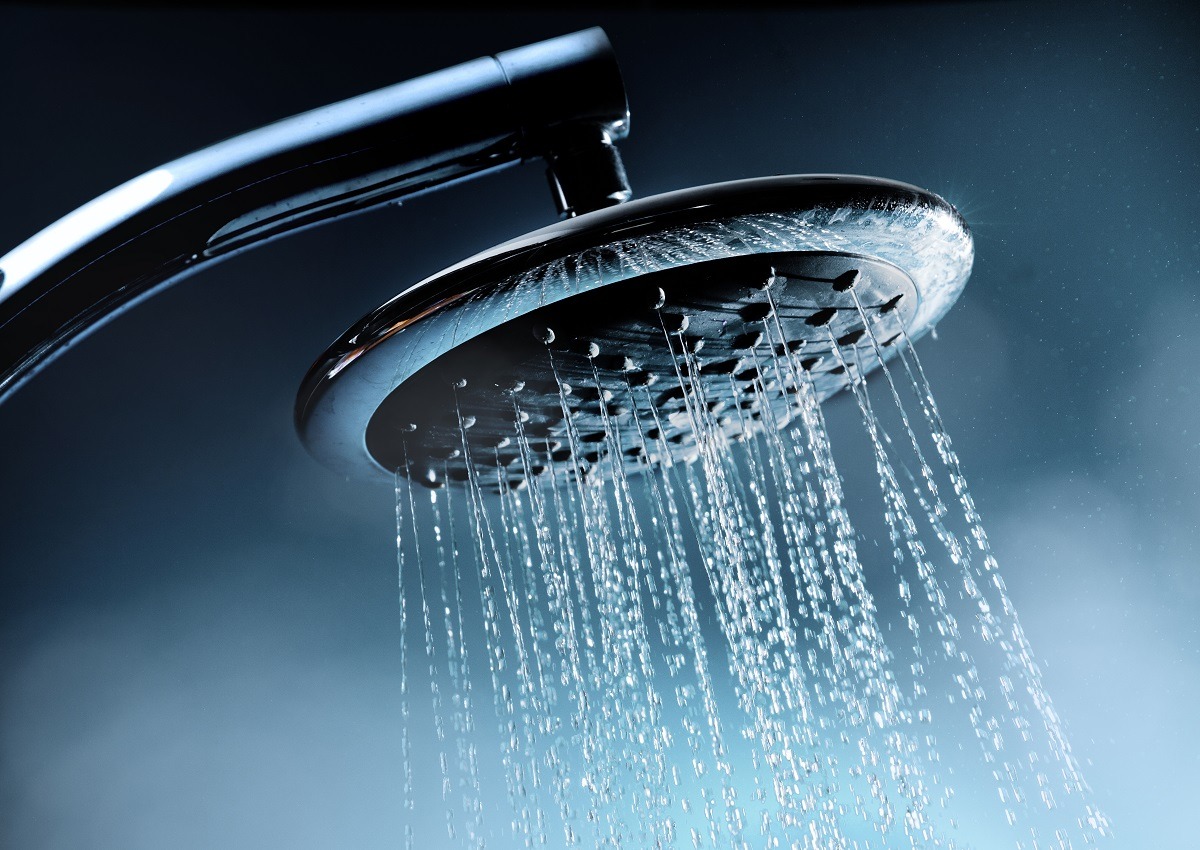
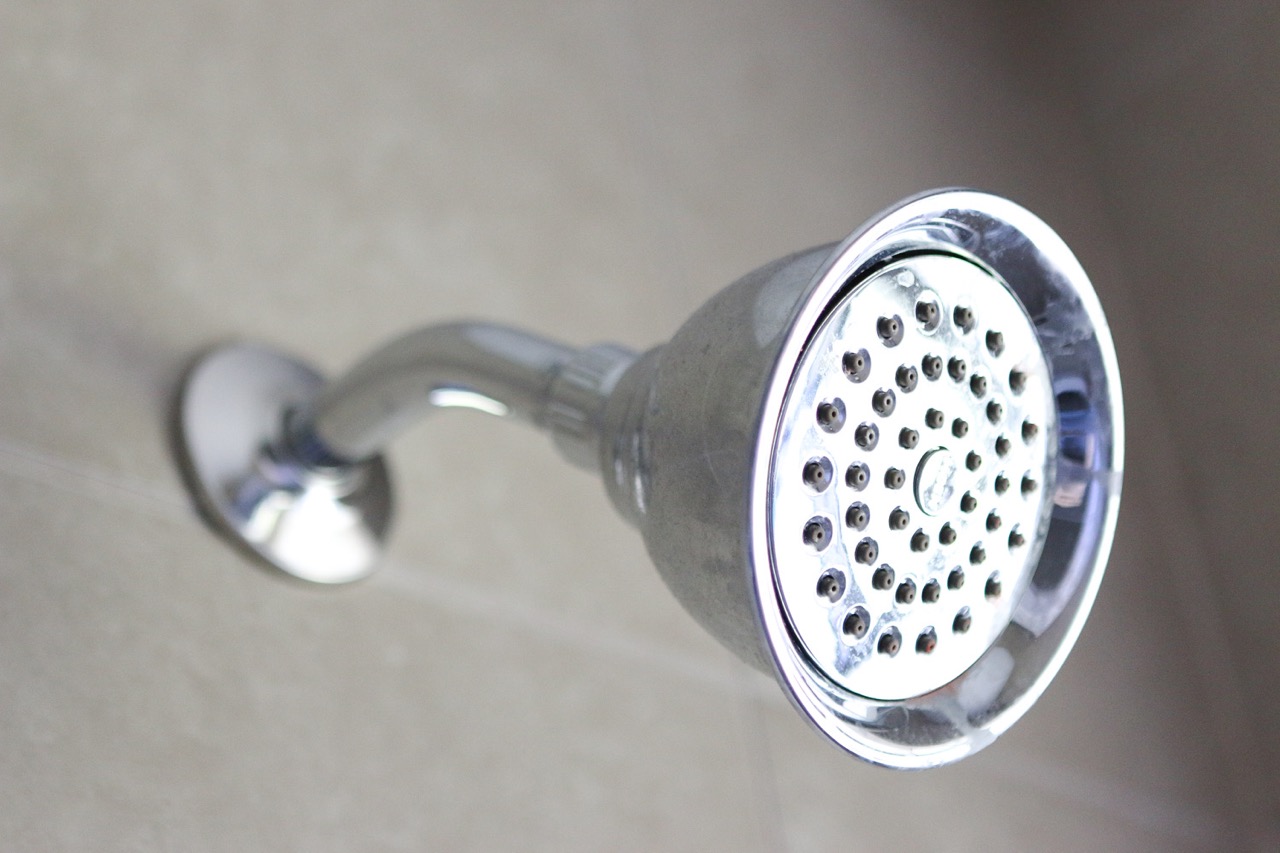
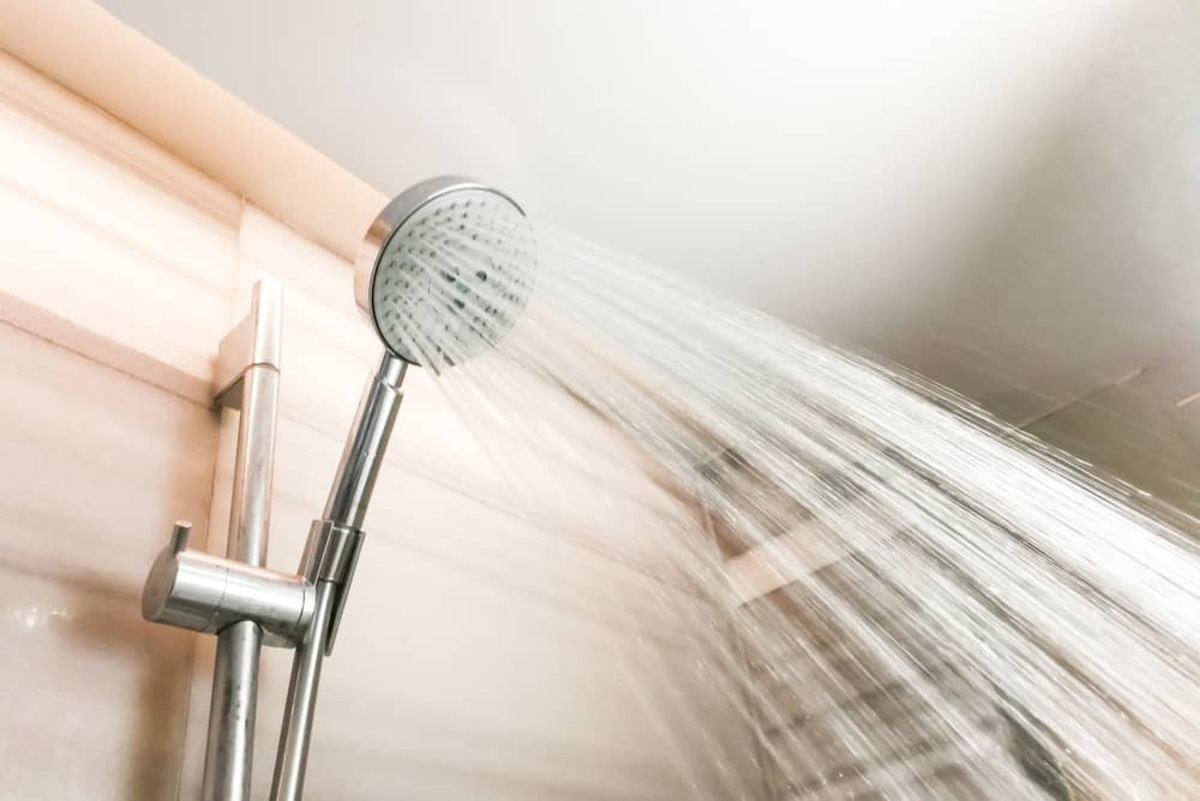
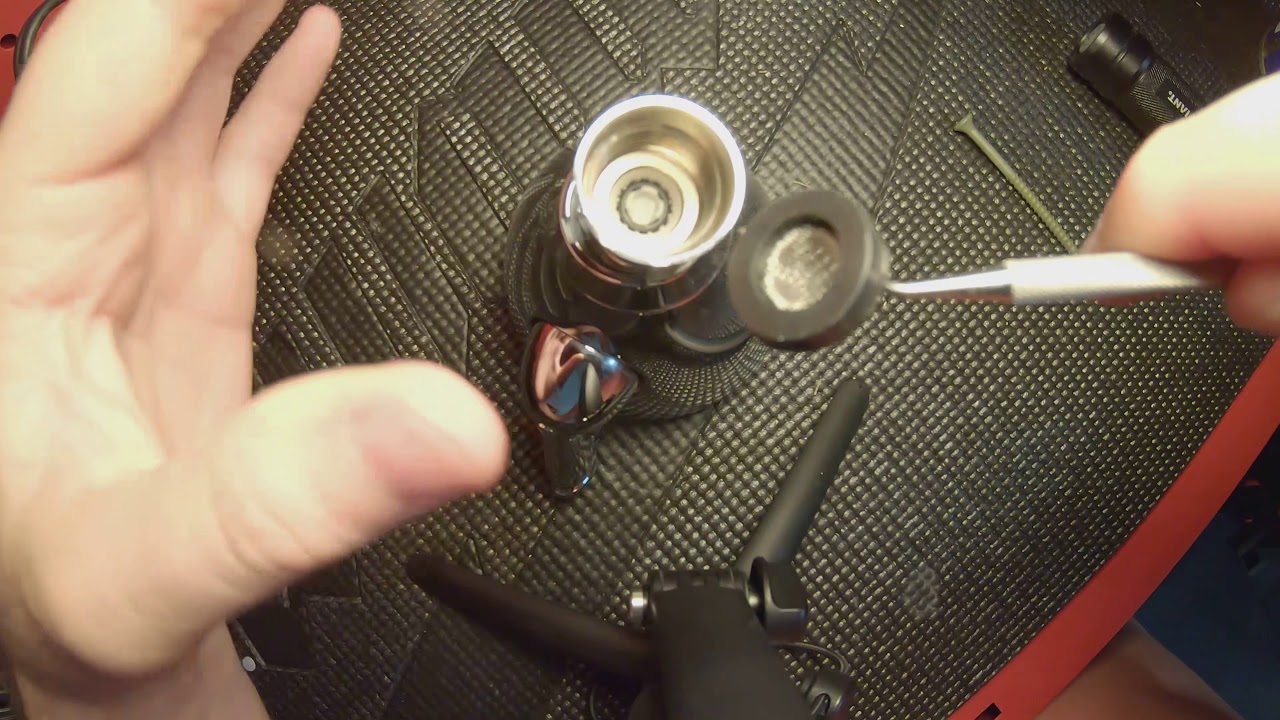
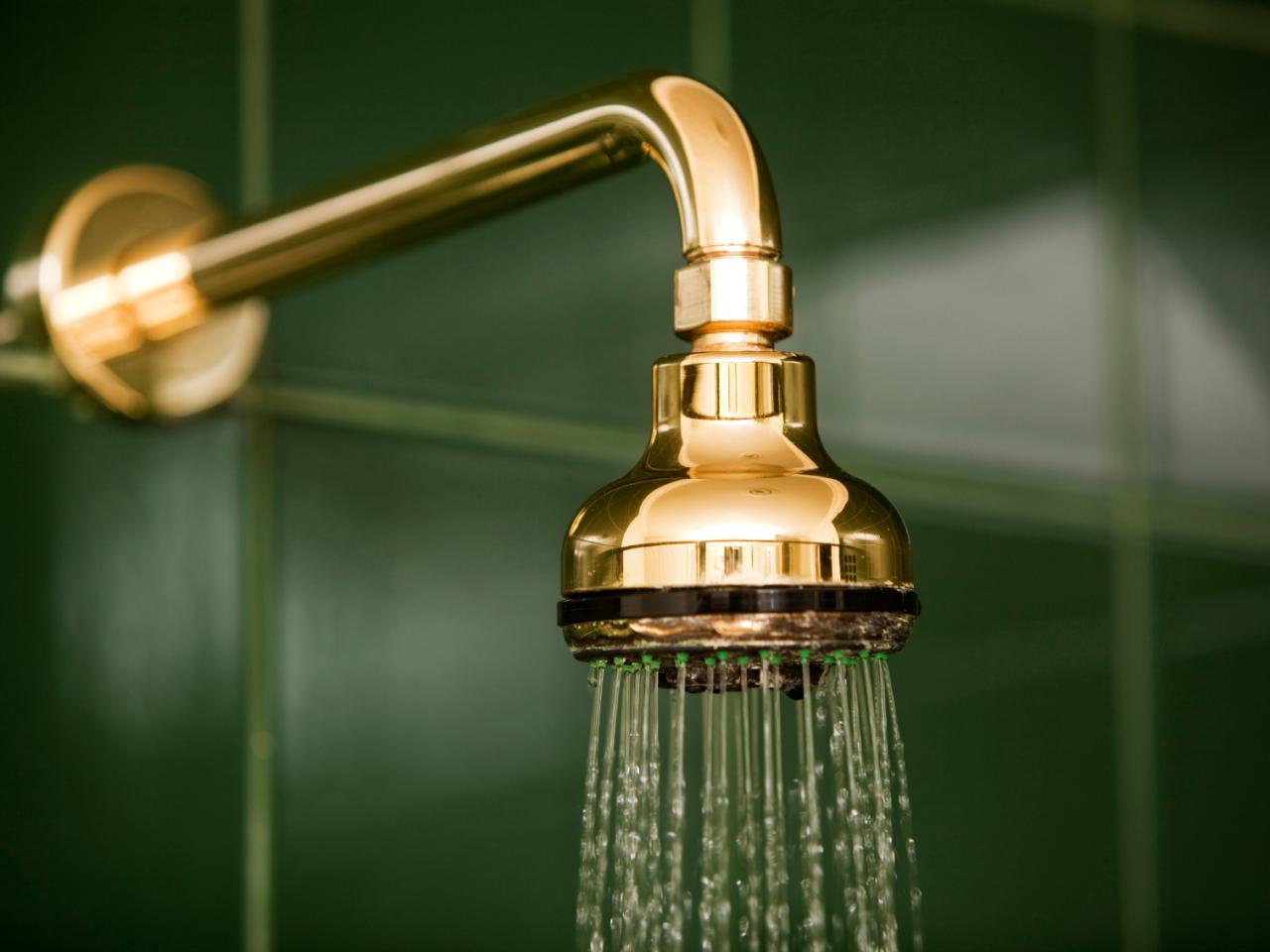
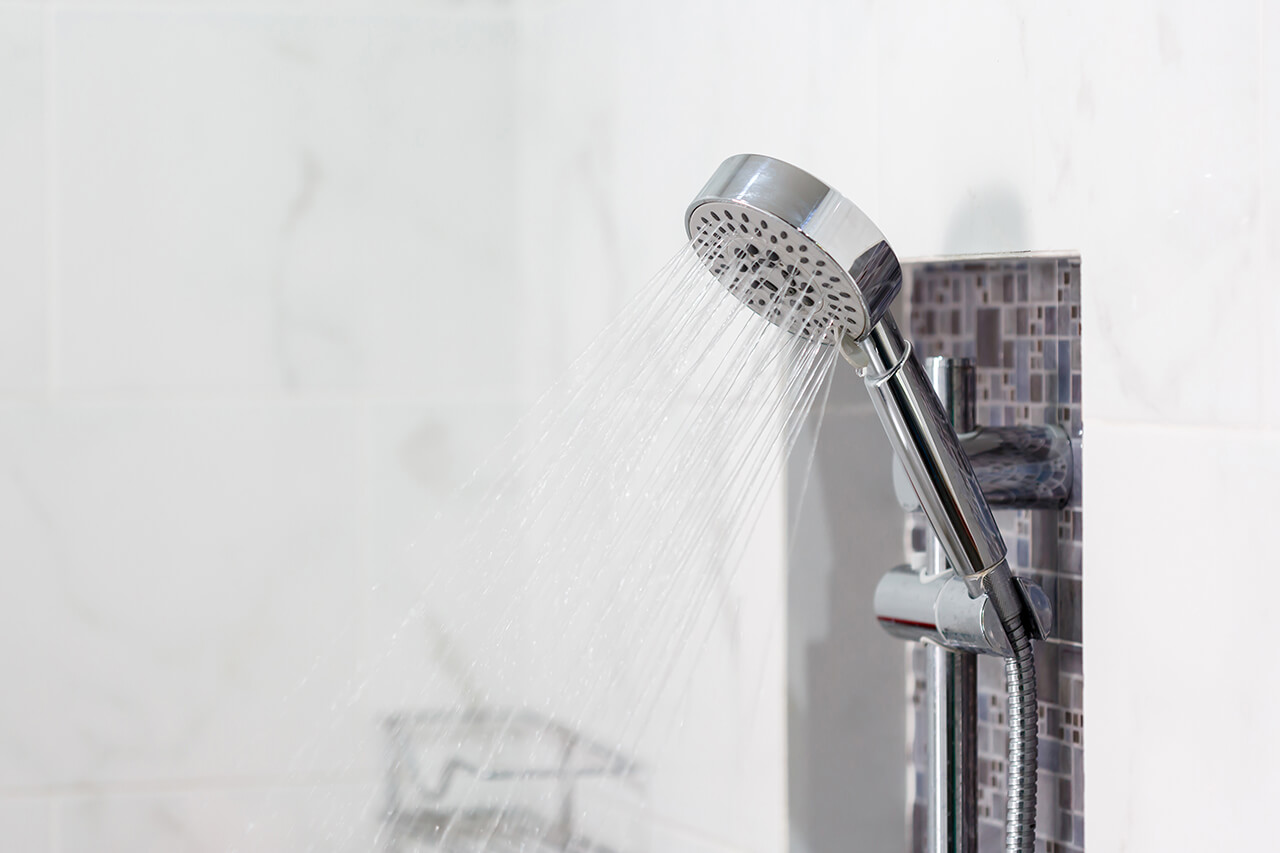
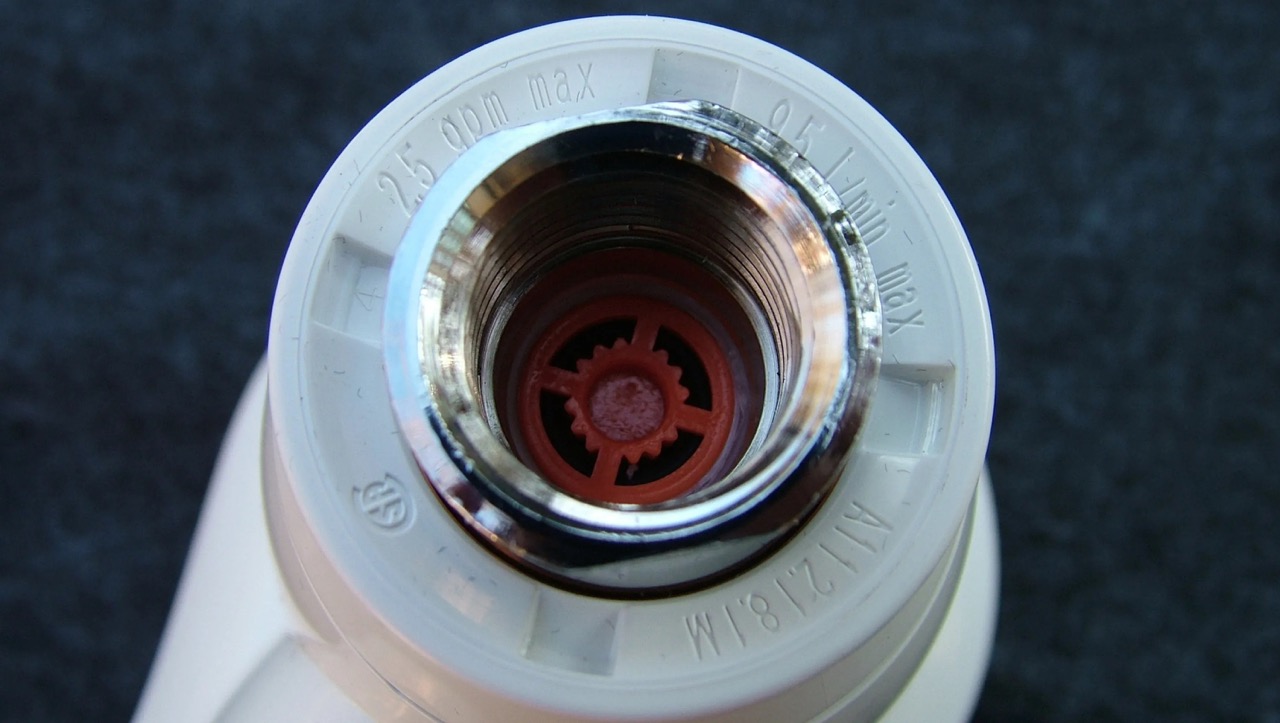
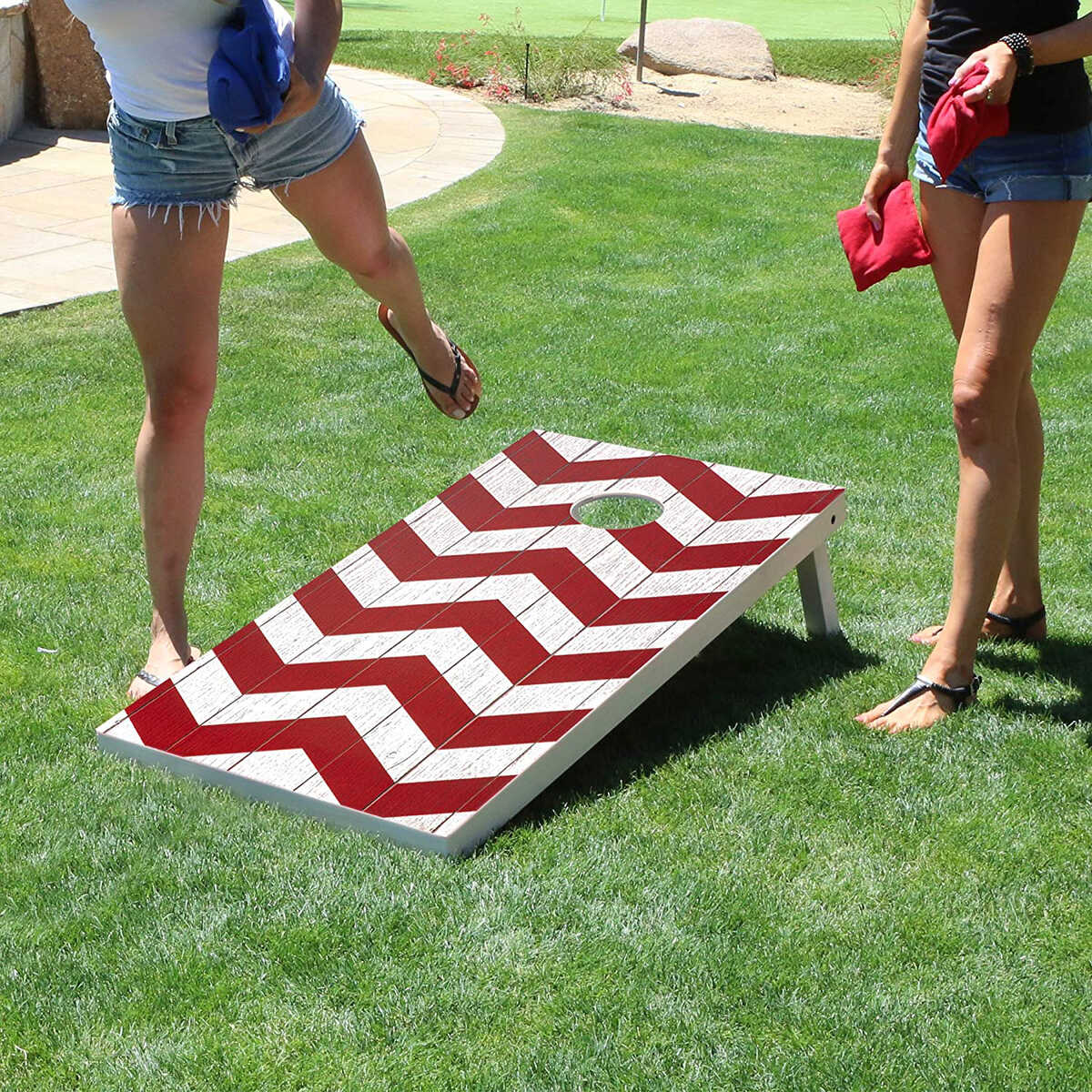
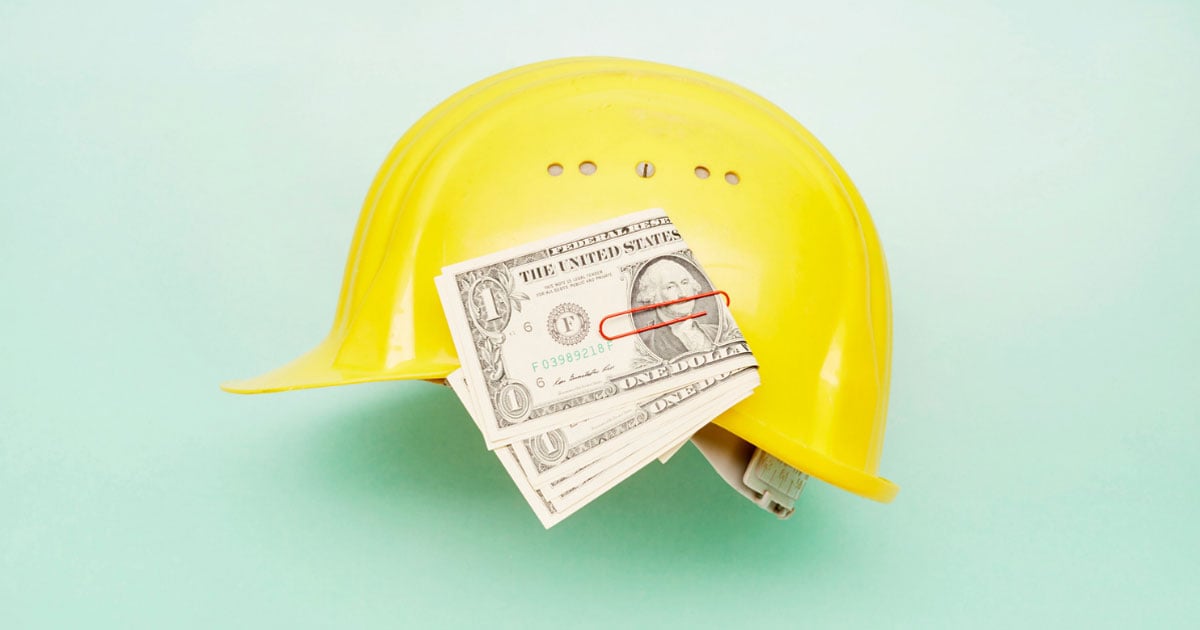
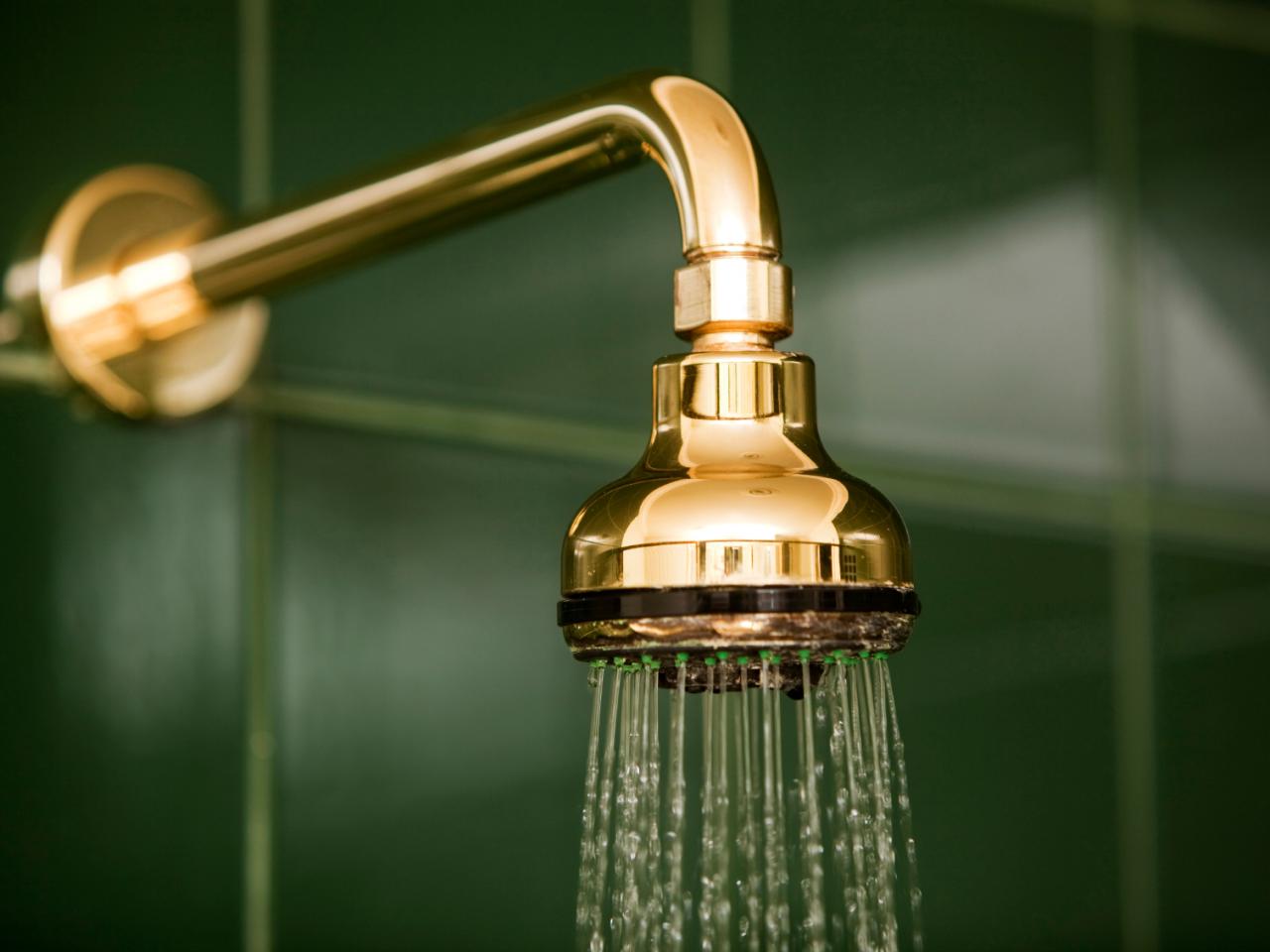
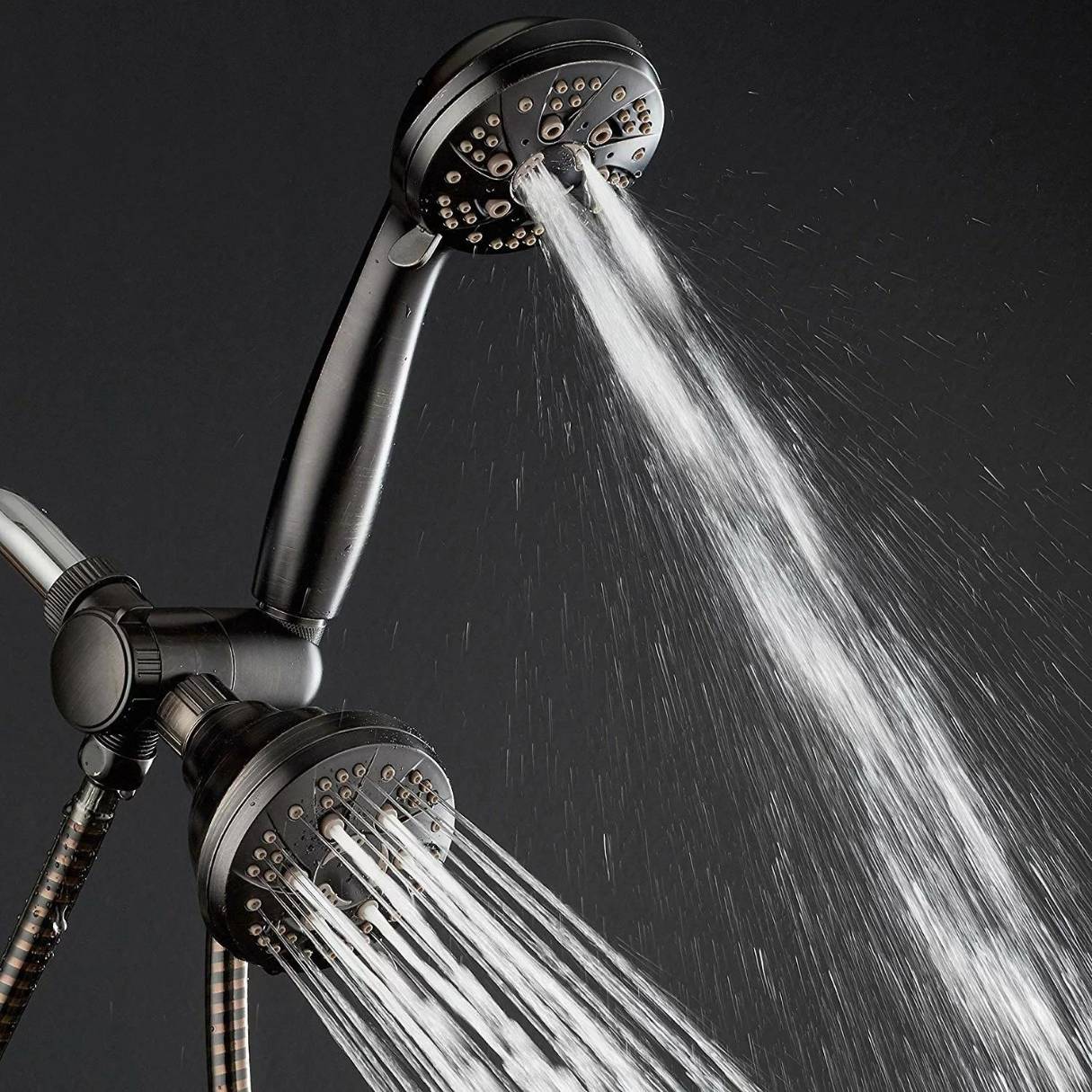
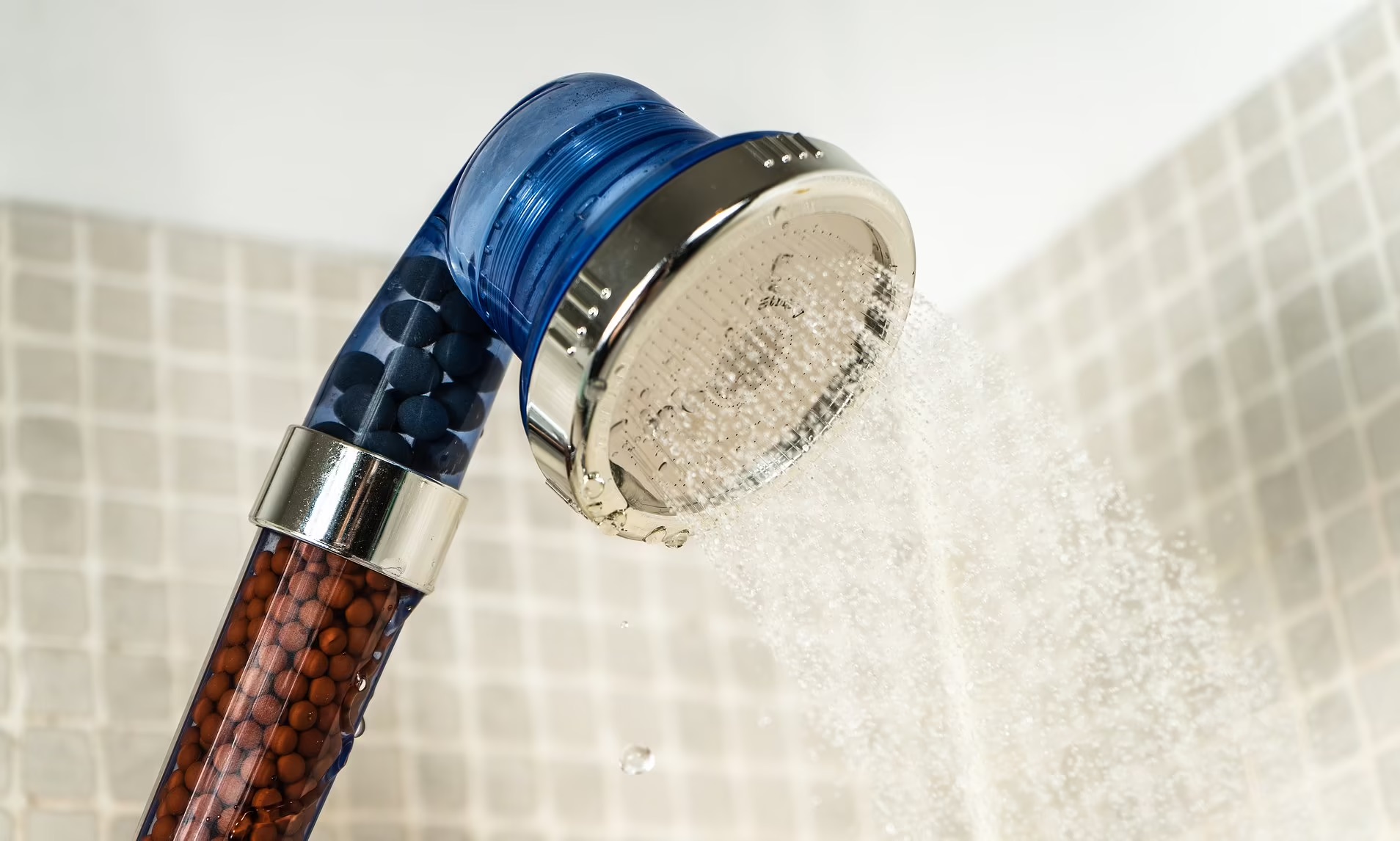
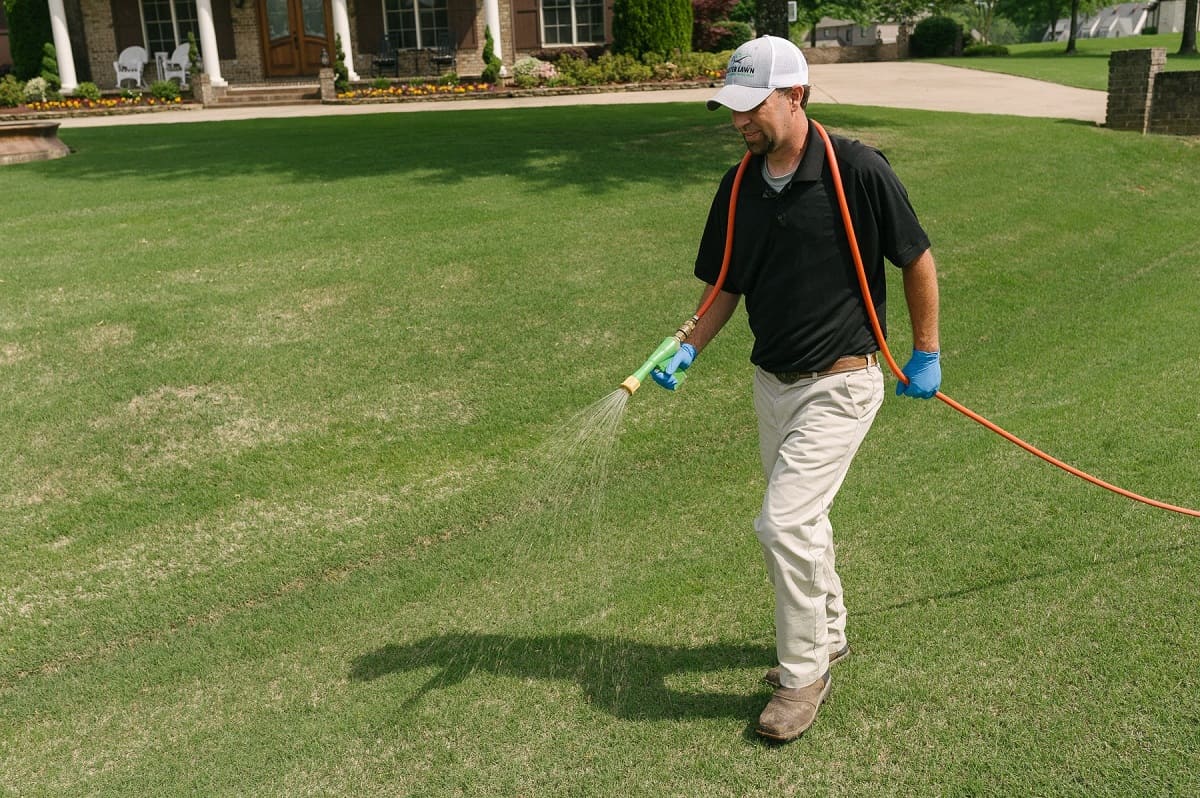

0 thoughts on “What Is A Showerhead Flow Regulator”